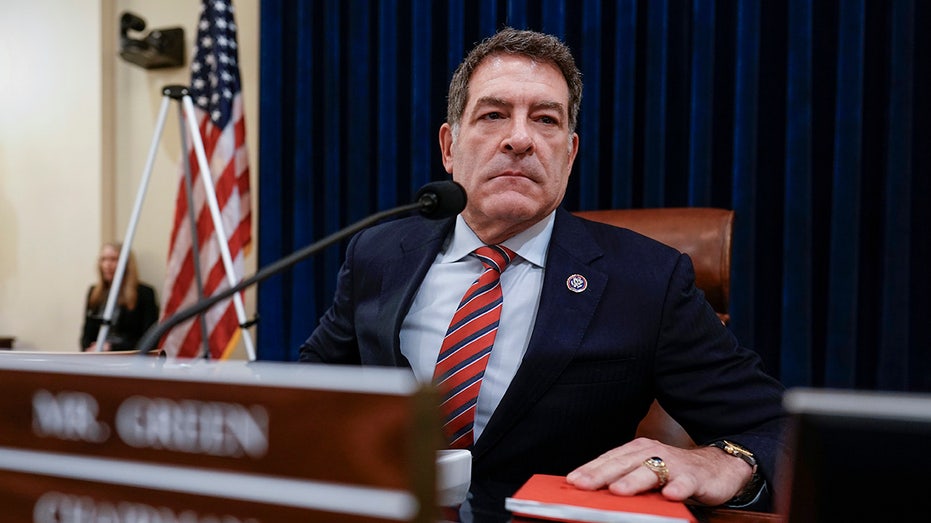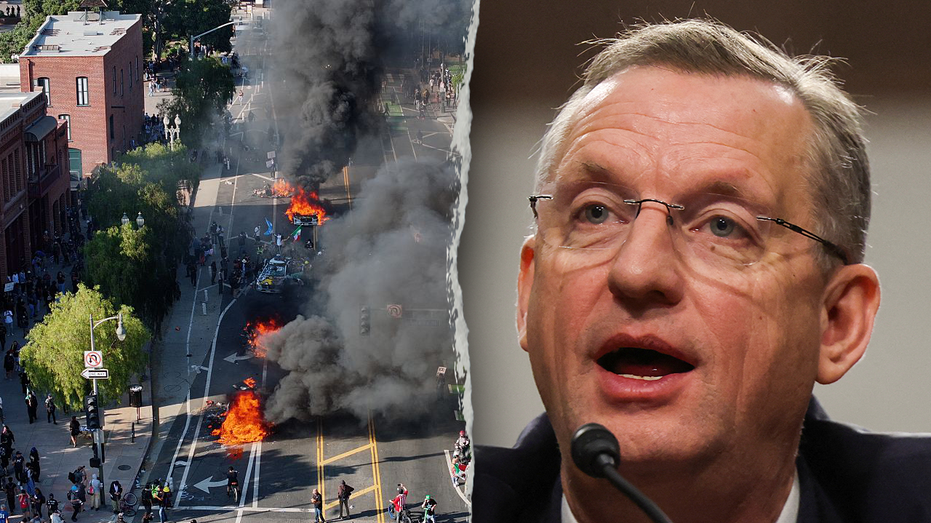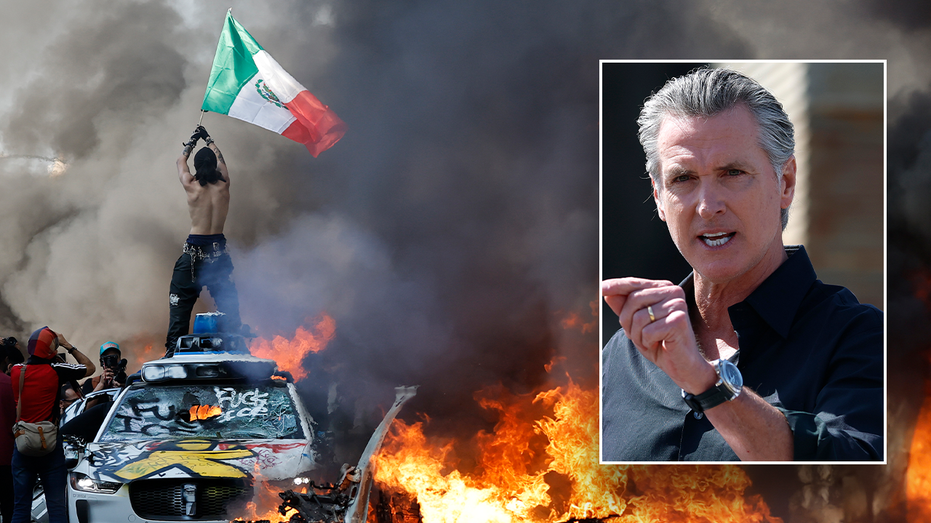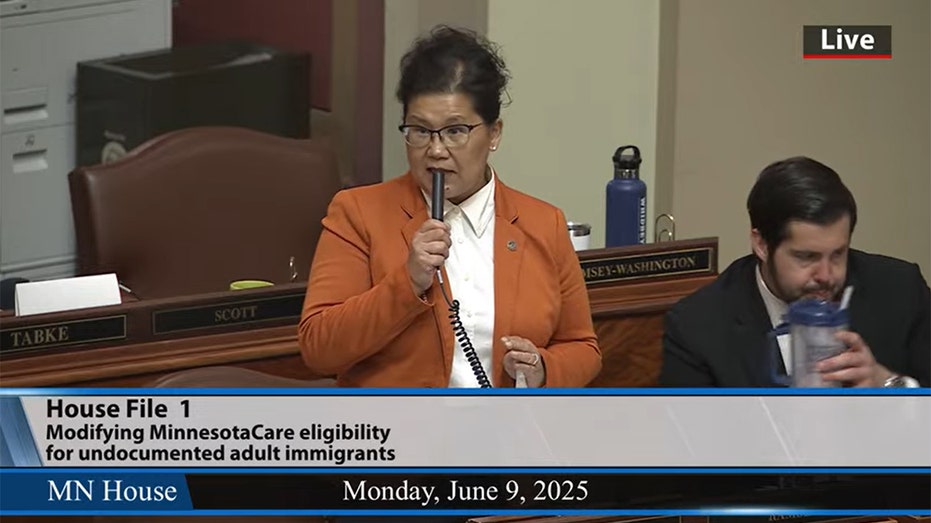Duffy Pushes to Defund California High-Speed Rail Following Critical Federal Review
Transportation Secretary Sean Duffy warns of federal funding cuts to California's high-speed rail amid report highlighting soaring costs and budget issues.

The future of California's embattled high-speed rail project is in serious jeopardy after Transportation Secretary Sean Duffy unveiled a damning new report that raises major doubts about the initiative's viability. In what Duffy characterized as an unflinching assessment, the federal government is now threatening to cut off as much as $4 billion in funding unless the California High-Speed Rail Authority (CHSRA) can demonstrate that the project remains tenable.
Duffy did not mince words, calling the long-delayed venture a "boondoggle," and highlighting that no miles of track specifically engineered for high-speed trains have been completed despite breaking ground over a decade ago. The project's overall costs keep surging with little tangible progress, leaving taxpayers in both Washington and Sacramento on the hook for billions of dollars. Federal contributions so far total $6.9 billion, while Californians have authorized another $9 billion in state bonds—with more spending on the horizon and little to show for it.
The newly released 300-page review by the Federal Railroad Administration chronicled a litany of problems: persistent delays, missed deadlines, budget overruns, mismanagement, and inflated ridership projections. Perhaps most concerning, the report details a precarious $7 billion funding shortfall for the so-called Early Operating Segment (EOS), a stretch connecting Merced and Bakersfield in the Central Valley. Even finishing this reduced section, the FRA warns, is now in question.
According to the report, the EOS is now projected to cost somewhere between $35.4 billion and $37.8 billion—far higher than the CHSRA’s estimate of $28.8 billion—creating a multi-billion-dollar financial chasm. The full price tag for the entire Phase 1 system, once envisioned as linking Los Angeles and San Francisco, could balloon to $128 billion, the FRA cautions, raising substantial doubts about where those funds would come from.
“CHSRA has no viable path to complete this project on time or on budget,” Duffy declared, accusing the agency of repeating mistakes and failing to establish the organizational competence needed for such a massive undertaking. These findings may trigger not only the loss of future federal funding but also demands for repayment of billions already granted if the authority cannot convince federal overseers of its viability within the next 37 days.
In a further blow, the FRA found that contracts for trainsets remain incomplete and warned of rising contractor costs due to ongoing delays. It also cited grave concerns about the project’s financial underpinnings, noting that CHSRA’s dependency on cap-and-trade revenue exposes the project to significant risk as these funds are volatile and can fluctuate drastically year-to-year.
Despite these headwinds, Governor Gavin Newsom reaffirmed the state's commitment to the project, outlining a revised budget plan that would allocate $1 billion annually for the next two decades from California's cap-and-trade program. Nonetheless, these assurances do little to assuage federal concerns regarding the state's ability to close the growing funding gap or meet new, more conservative completion timelines.
The fate of the high-speed rail now hangs in the balance, with a looming deadline for CHSRA to respond to federal authorities. Unless dramatic changes are made—and swiftly—the nation’s highest-profile high-speed rail project could soon grind to a permanent halt, leaving taxpayers questioning what, if anything, will remain after years of spending and promises.




